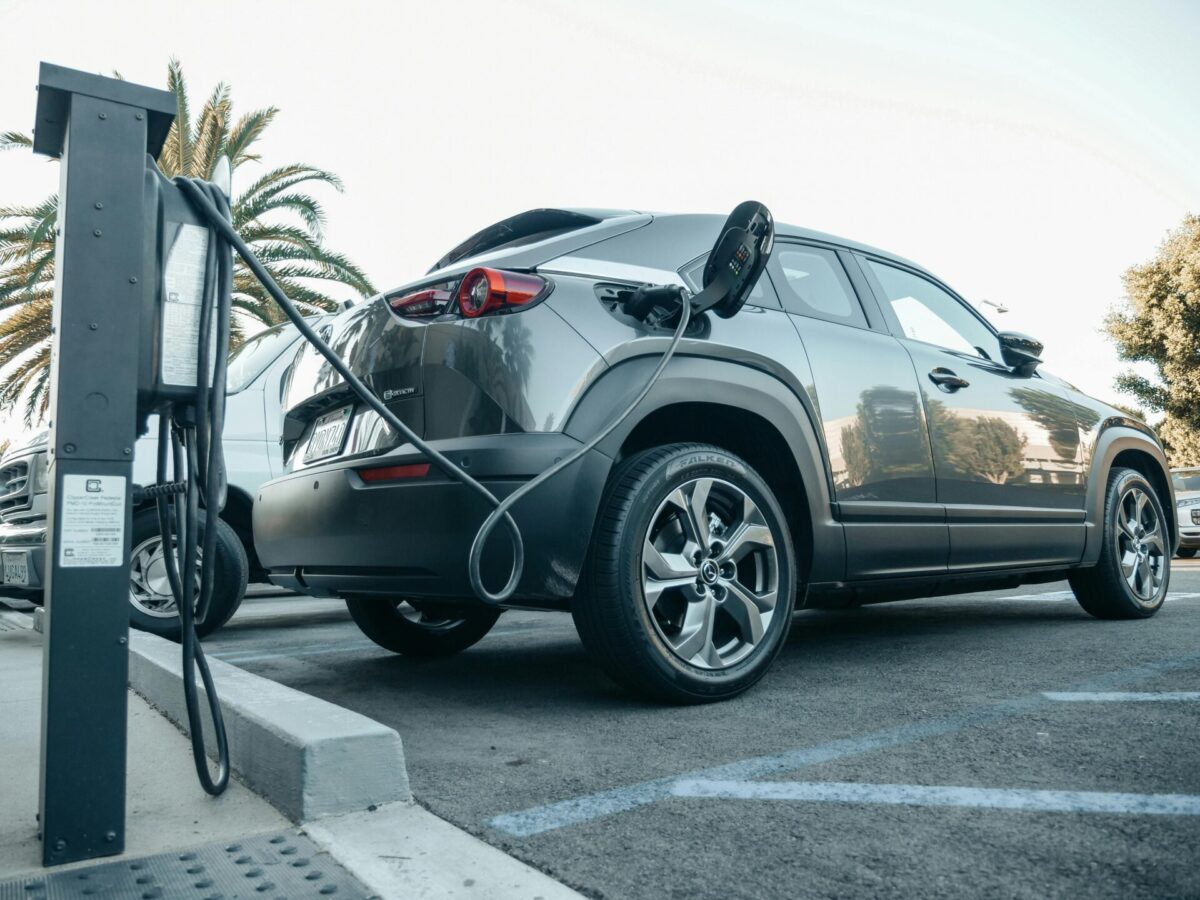Plug-in hybrid vehicles (PHEVs) promise a blend of fuel efficiency and reduced emissions, yet recent studies reveal that many drivers aren’t using these vehicles to their full potential. According to the European Commission, the main issue lies in how drivers are operating their PHEVs.
The Promise of PHEVs
Plug-in hybrids offer a significant advantage over traditional vehicles by combining an internal combustion engine with an electric motor. This setup allows drivers to use electric power for short trips, significantly reducing fuel consumption and emissions. However, the potential benefits are only realized when these vehicles are used correctly.
Misuse by Drivers
A study involving over 600,000 vehicles showed a startling discrepancy between the expected fuel consumption and real-world data. For PHEVs, the expected consumption was about 1.69 liters per 100 kilometers, but actual use showed an average of 5.94 liters per 100 kilometers. This gap is largely due to drivers not regularly charging their vehicles and underutilizing the electric mode.
Environmental and Economic Impact
This improper usage not only diminishes the environmental benefits of PHEVs but also impacts the economic savings drivers could achieve. When these vehicles aren’t charged properly, they rely more on their gasoline engines, leading to higher fuel consumption and CO2 emissions. The European Commission found that real-world CO2 emissions for PHEVs were 3.5 times higher than laboratory figures.
Improving Usage
To address these issues, the European Commission plans to adjust the calculation of the utility factor in emissions testing, providing a more accurate reflection of real-world conditions. This change, expected by 2025, aims to encourage better driving habits and more frequent charging, ensuring PHEVs can deliver their promised benefits.
Practical Tips for PHEV Drivers
- Regular Charging: Ensure your vehicle is charged daily to maximize electric mode usage.
- Plan Your Trips: Use electric mode for short trips and city driving.
- Monitor Fuel Efficiency: Keep track of your fuel consumption and emissions to stay within optimal levels.
By adopting these practices, PHEV drivers can significantly enhance their vehicle’s efficiency, contributing to a greener environment and reducing their fuel costs.
Looking for the best deals on Amazon products? Look no further! We have handpicked some of the most popular and top-rated products available on the platform. Click to see the collection.








